JAIST team investigates how self-repairing polymer can improve durability of silicon anodes
Green Car Congress
FEBRUARY 8, 2021
With its self-healing properties, the PBS coating offers a much more stable performance in terms of capacity compared to a bare anode or one coated with PVDF, a polymer commercially used in lithium-ion batteries. Tejkiran Pindi Jayakumar, who were completing a doctoral course at JAIST at the time, is published in ACS Applied Energy Materials.

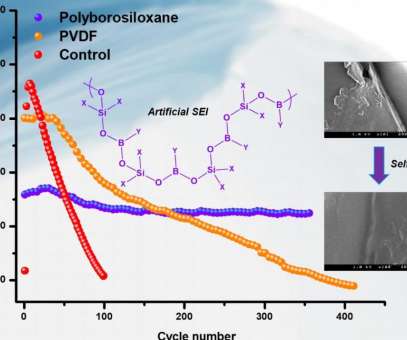









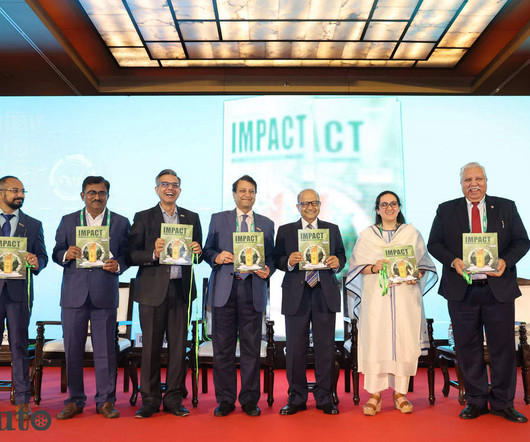












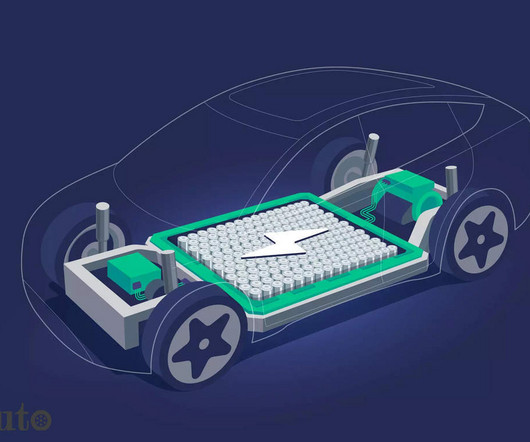
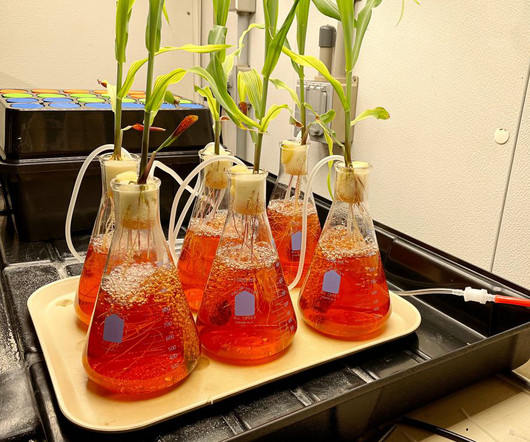

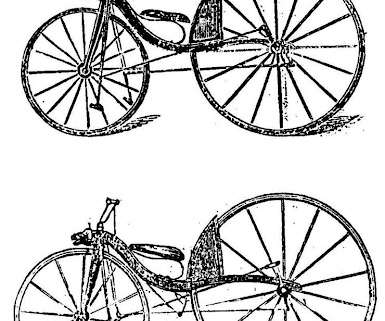














Let's personalize your content